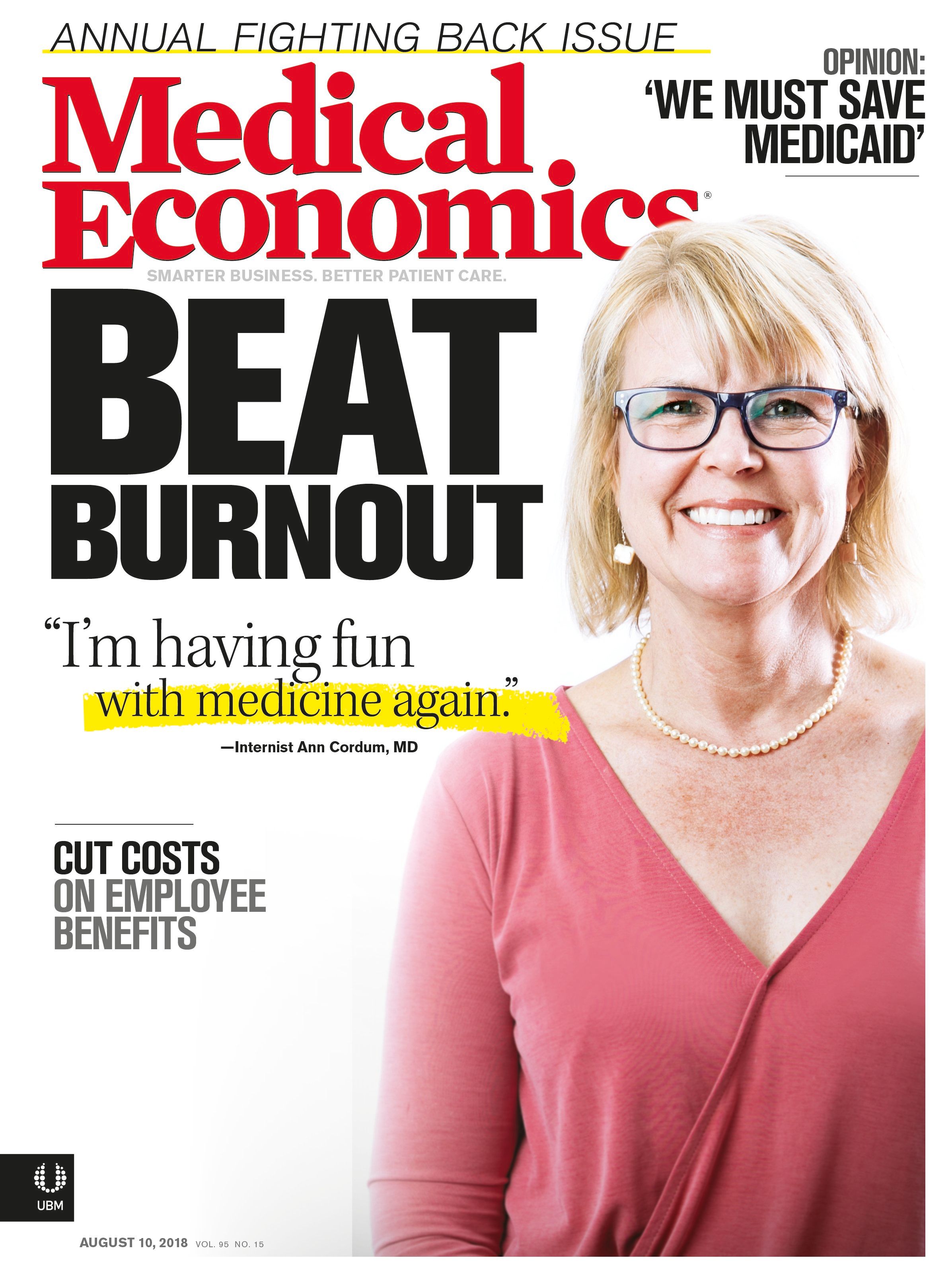Blog
Article
Medical Economics Journal
How my life changed: transitioning to direct primary care
Author(s):
DPC is not only best for doctors and patients, but perhaps an idea that could rescue a system that is dying at the hands of others.
Editor's Note: Welcome to Medical Economics' blog section which features contributions from members of the medical community. These blogs are an opportunity for bloggers to engage with readers about a topic that is top of mind, whether it is practice management, experiences with patients, the industry, medicine in general, or healthcare reform. The opinions expressed here are that of the authors and not UBM / Medical Economics.
“So, how’s life in your concierge practice?”
I didn’t correct him; people don’t know the difference. Five years ago, I left “normal” fee-for-service medicine to start a direct primary care practice. Most people have no idea what that means, and my colleague, who was calling me for a recommendation on a nurse practitioner student I’d precepted, obviously didn’t know either.
“Great,” I said honestly. “Life is really so much better, and the care I give is so much better than it used to be. I’ve got time with people.” I normally try not to get too enthusiastic when talking to colleagues, as it sounds either too good to be true or like I’m rubbing in how good my life is now. But for some reason I added, “Even after five years I’m not busy; I saw just two patients this morning.”
There was a brief silence on the other end of the line. “Two patients?” He asked, sounding stunned. Then he added quietly, as if talking to himself, “I just can’t imagine that.” Feeling a bit guilty (I was taught to never brag), I changed the subject and talked about the nurse practitioner, asked about his life, his family, and ended the call.
I was struck by just what a gulf lay between my life and his, and between my life now and the one I had just five years ago. I had been in my old practice for 18 years when a disagreement with the other doctors led to my departure. I had loved being a primary care doctor and had built a thriving (and very busy) practice. But over the last few years, my joy in practice had been hacked away by the increasing requirements of the government, computerized records, data submission, insurance harassment, and shrinking time with each person. By my last year I was becoming increasingly aware of my ineffectiveness as a doctor. I didn’t feel like I was able to give truly good care to anyone.
I was burning out.
So it was a blessing when friction with my partners ended up in an all-out break up. I could hit the reset button and do things right. I had no desire to rejoin the hamster wheel of fee-for-service primary care. I didn’t want to fight the battle between what was best for my business and what was best for my patients. Things had to change, or I’d have to find another profession.
I considered working for a hospital, joining another group practice, or even working for the VA. But all of these options seemed to reproduce the problems that were burning me out in my old practice. I also considered “concierge” care, and even spoke to one of the companies that helps with that transition, but it just didn’t feel right. I cared deeply about my elderly and low-income patients who couldn’t afford the monthly subscription fee, and wanted something that would be more within their reach.
There was one solution that seemed right to me: direct primary care. This practice model has two main differences from fee-for-service care:
• Payment is from the patient (no insurance or other third-party payments accepted); and
• Patients pay only a low monthly fee (usually around $50 per month for each patient) which covers all care.
As I considered the repercussions of each of these differences I realized that the care I could give in this model was radically different and much better. Despite having few examples to learn from (there were around 100 practices in the U.S. using this model when I started), I opened my practice in February 2013 and have not regretted the decision since. My practice now has over 750 patients, and I still have room for growth.
My income now equals that which I had when I left my old practice. Most importantly, I love the medicine I practice now and feel like I am giving truly good care to all of my patients.
This article is the first in a series where I will go into more detail about my journey, about how direct primary care looks in real life, and about how to transition (hopefully with less struggle than I went through). I truly believe this not only is best for doctors and patients, but perhaps an idea that could rescue a system that is dying at the hands of others.
Rob Lamberts, MD, is a board-certified internist and pediatrician who runs Dr. Rob Lamberts, LLC, a direct primary care practice in Augusta, Ga. He also recently gave a TED talk on the DPC model. Have questions about DPC? Email medec@ubm.com.






